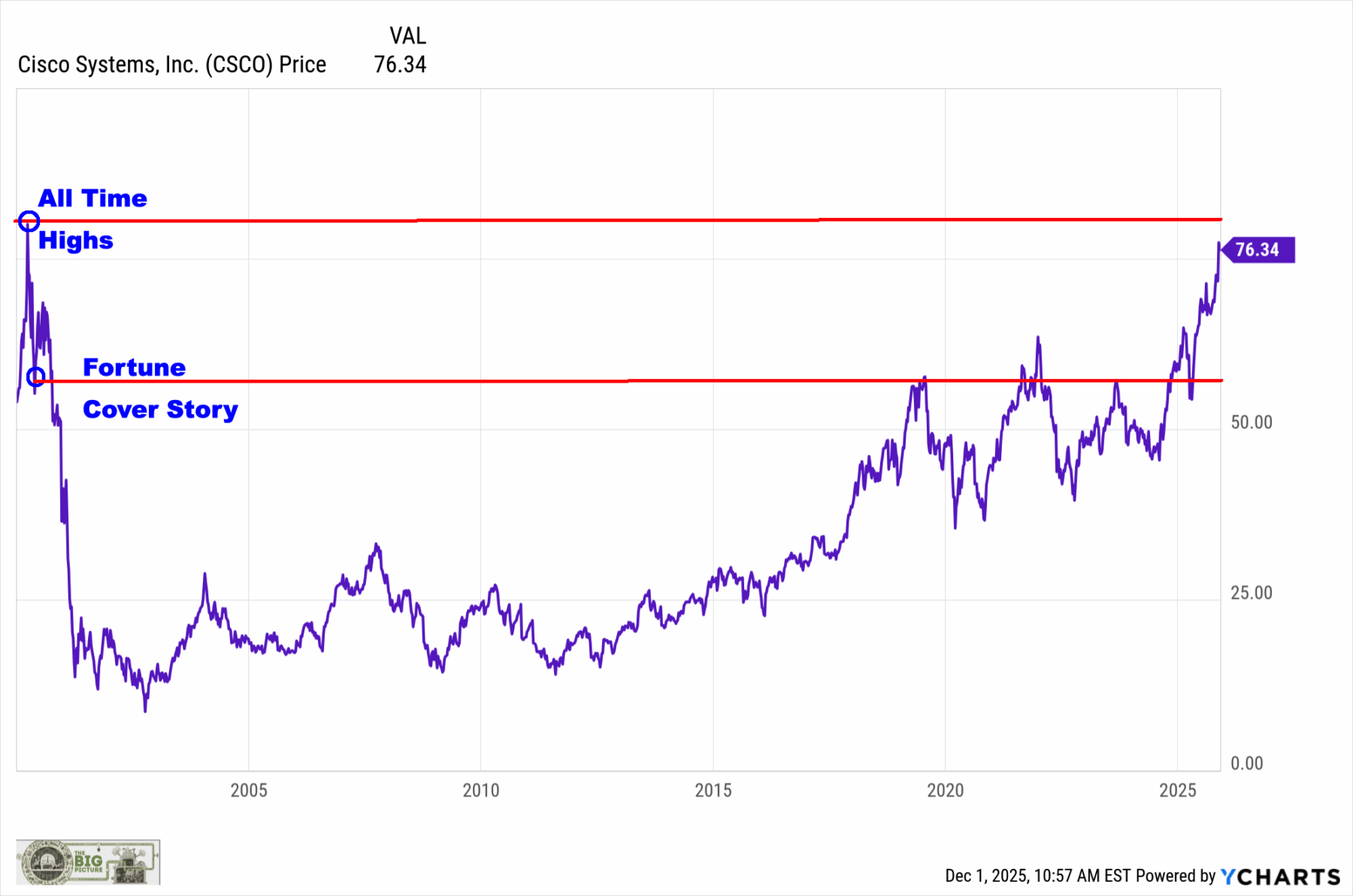The war in Ukraine and the economic impact of the COVID-19 pandemic have delivered two large shocks in quick succession—echoing memories of anemic growth in the European Union (EU) after the global financial crisis (GFC) and the European debt crisis.
Is the EU, once again, headed toward a decade of tepid growth? The simple answer is—not necessarily! The EU, and the world, learnt from the policy mistakes following the GFC. Therefore, when the pandemic broke out, governments stepped in with resolute and unprecedented policy support protecting incomes despite prolonged lockdowns. This gave way to a swift rebound, with the EU recovering to its pre-pandemic levels by 2021.
The war in Ukraine, however, has interrupted this short-lived recovery, as its spillovers continue to have a debilitating impact on economies. High inflation and the consequent monetary policy tightening reduced fiscal space following the pandemic support measures, disruptions to trade and financial flows and the high degree of uncertainty portend weak growth. In addition, EU countries have committed to the green and digital transitions, while also facing structural headwinds from an aging population, increasing inequality, and stalling institutional progress.
Despite all these constraints, the EU is well poised to avoid a repeat of the decade of low growth after the GFC. What will this take?
We explore this question for four EU member states—Bulgaria, Croatia, Poland and Romania—in the latest EU Regular Economic Report: “Living up to Potential in the Wake of Adverse Shocks.” In short, the answer is that it will take deliberate reforms to boost the labor force, strengthen inclusion, increase investments, improve institutions, and raise R&D spending.
In these four countries, we estimate the impact of key reforms on their potential growth and convergence prospects over the next decade. These reforms are related to countering the impact of a shrinking labor force, enhancing inclusion, improving institutions, increasing investment, and furthering the digital and green transitions. More concretely, reforms assessed in each of the categories include the following:
- Countering a shrinking labor force entails an increase in the retirement age which can expand the labor force from 10 to 40 percent of the inactive population aged 55-64 in the four countries, and integrating migrants.
- Enhancing inclusion is incorporated as an increase in the number of years of education to close the learning gaps (as of 2020) with the EU average, especially for the less well off, where these gaps are typically lower and wider.
- Improving institutions and boosting investment includes (i) an improvement in the EU fund absorption rate to the level of the best EU performer; and (ii) a two standard error increase in the constructed index of institutional quality from 2020 levels to capture improvements government effectiveness, rule of law and control of corruption.
- Advancing digital and green transitions entails an increase in the R&D spending as a share of GDP to stated national targets, combined with higher energy spending and decarbonization.
The combined impact of these reforms and the convergence process is striking (see the figure below). If these reforms are implemented, potential growth over the next decade is estimated to double from the baseline in Bulgaria (reaching 4.6 percent a year) and Croatia (reaching 3.2 percent a year) and to achieve the pace seen during EU accession in Poland (4 percent) and Romania (5.2 percent). This implies a boost to potential growth ranging from more than 1 percentage point in Poland (which has less catch up to do with the average EU per capita income level) to over 2 percentage points in Bulgaria (which has the most catch up to do among the four countries). Importantly, these reforms are estimated to cut down the time needed to attain average EU per capita income levels (at PPP) to nearly half of what will be needed in the baseline scenario for Bulgaria and Croatia and 30 percent lower for Poland and Romania.
Figure 1. Impact of reform scenarios on potential growth in Bulgaria, Croatia, Poland, and Romania
Sources: Oxford Economic Model; World Bank. Note: Above figures show impact of reforms as described above and in Chapter 4 of the Report. The full reform scenario includes the impacts from legislated changes to pension retirement ages, closing the education gap with the EU, closing half of the institutional quality gap with the EU and lifting absorption of EU funds to the best performer, the boost from green investment from NGEU (which is also incorporated in the baseline), and reaching nationally stated targets for R&D investment. For details, refer to sections 4.1-4.5.
The results highlight the meaningful impact such reforms can have to help counter the impact of structural headwinds, accelerate the convergence, and to make progress on the green and digital transitions. These reforms are well within the reach of these countries and would yield substantial dividends. Now, it is up to the policy makers to take advantage of the back-to-the-wall effects of multiple crises and undertake the much-needed reforms. The four countries could seize the unique opportunity presented by the large EU financing package to ensure a resilient, inclusive, and sustainable recovery—all the more important given the downside risks and elevated uncertainty surrounding the outlook.
















